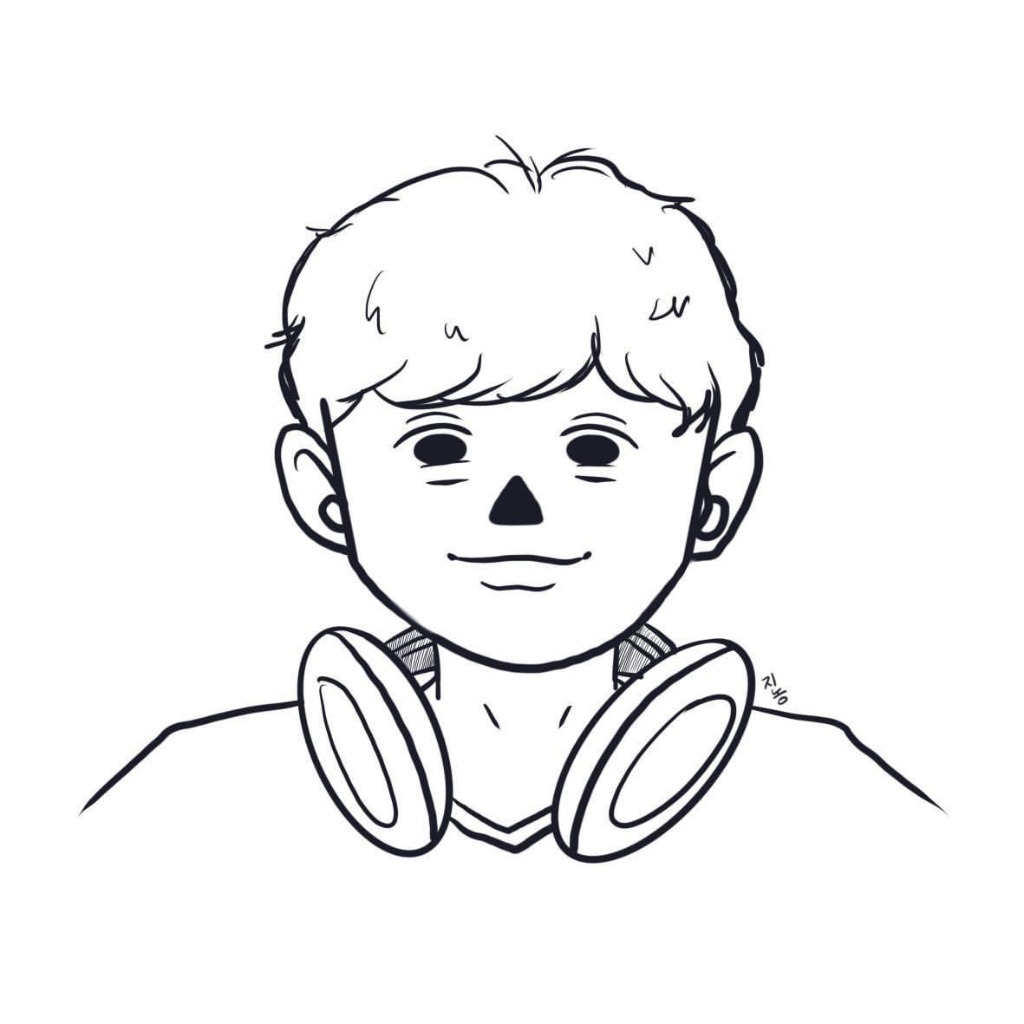Error 다루기
Child라는 p태그하나 달린 컴포넌트를 만들고, <p>App</p> 랜더링 다음에 Child 컴포넌트를 랜더링을 해야지만 throw new Error로 에러를 강제했기때문에 아무것도 랜더링 되지않는다. 여기서 다른 랜더링만은 끝마치고 에러를 다른 형태로 나오게 할 수 있을까가 ? 수업의 주제였다. 알아보자
const rootElement = document.getElementById('root');
const Child = () => {
throw new Error("Something Wrong...");
return <p>Child....</p>
}
const App = () => {
return <>
<p>App</p>
<Child/>
</>;
}
ReactDOM.render(<App />, document.getElementById("root"));자바스크립트의 try catch 문처럼 에러를 핸들링하기 위해서 클래스 컴포넌트로 만들었고, 에러가 났을때 상태값을 처리하는 함수를 클래스 컴포넌트에서만 제공을 하고 있기때문이다. 그래서 이렇게밖에 사용을 못한다고 한다.
const rootElement = document.getElementById('root');
// 클래스 컴포넌트 생성
class ErrorBoundary extends React.Component {
state = { error : null};
static getDerivedStateFromError(error){
return {error};
}
render(){
const {error} = this.state;
if(error){
return <this.props.fallback error={error} />
}
return this.props.children;
}
}
const Child = () => {
throw new Error("Something Wrong...");
return <p>Child....</p>
}
const Fallback = ({error}) => {
return <p>{error.message}</p>
}
// 원하는 컴포넌트를 ErrorBoundary 컴포넌트로 감싼다.
// 원하는 에러메세지가 따로있다면, fallback이라는 옵션으로 지정가능하다.
const App = () => {
return <>
<p>App</p>
<ErrorBoundary fallback={Fallback}>
<Child/>
</ErrorBoundary>
</>;
}
ReactDOM.render(<App />, document.getElementById("root"));Error Boundary를 통해서 error 요소 컴포넌트의 부모요소는 렌더링을 끝마치게끔하고, fallback 외 다른 값을 대신 렌더링 할 수 있다.
Fallback은 Error가 났을때 보여줄 컴포넌트라고 대체적으로 부른다.
'Study > React' 카테고리의 다른 글
| React { Fetch } (0) | 2022.07.13 |
|---|---|
| React { Key } (0) | 2022.07.12 |
| React { Form } (0) | 2022.07.11 |
| React { useRef } (0) | 2022.07.11 |
| React { Element props } (0) | 2022.07.10 |
